|
Description:
Written and edited by world-renowned experts in the field, Benzel’s Spine Surgery: Techniques, Complication Avoidance and Management, 5th Edition, provides expert, step-by-step guidance on the evaluation and management of disorders of the spine. This definitive, two-volume work explores the full spectrum of techniques used in spine surgery, giving you the tools you need to hone your skills and increase your knowledge in this challenging area. Clearly organized and extensively revised throughout, it features contributions from both neurosurgeons and orthopaedic surgeons to present a truly comprehensive approach to spine disease.
|
|
Part 1: Fundamentals of the Spine 1. History of Spine Surgery 2. History of Spine Biomechanics 3. History of Spinal Instrumentation: The Modern Era 4. Functional Anatomy of the Spine 5. Biomechanical Modeling of the Spine 6. The Intervertebral Disc: Anatomy, Pathophysiology, and Aging 7. Muscles and the Spine: Dynamic Stabilization 8. Bone Physiology and Osteoporosis 9. Applied Anatomy of the Thoracolumbar Spine 10. Fundamentals of Spinal Alignment and Balance 11. Applied Anatomy of the Spinal Cord 12. Molecular and Anatomic Mechanisms of Nerve Root, Spinal Nerve, and Peripheral Nerve Injury 13. Spine Fusion: Biology and Biomechanics 14. Implant Attributes: Cantilever Beam Fixation 15. Biomechanics and Implant Materials: The Anterior Column 16. Biomechanics of Motion Preservation Techniques 17. Complications in Spine Surgery: Expected Rates and Classification Part 2: Pathophysiology of Spinal Disorders Section 2.1: Pathophysiology of Congenital and Developmental Disorders 18. Spinal Cord Dysraphism and Myelodysplasia 19. Congenital Spinal Deformity 20. Early Onset Scoliosis 21. Late-Onset Idiopathic Scoliosis 22. Scheuermann Disease 23. Developmental Spondylolisthesis 24. Craniovertebral Junction Deformities 25. Developmental Deformity in the Cervical Spine 26. Tarlov Cysts 27. Dural and Meningeal Pathologies 28. Chiari Malformations and Syringomyelia Section 2.2: Pathophysiology of Degenerative Disorders 29. Pathophysiology of Cervical Spondylosis, Radiculopathy, and Myelopathy 30. Pathophysiology of Thoracic Spondylosis, Radiculopathy, and Myelopathy 31. Pathophysiology of Intervertebral Disc Degeneration and Pain 32. Deformity in the Cervical Spine 33. Adult Degenerative Scoliosis 34. Lumbar Spondylolisthesis Section 2.3: Pathophysiology of Traumatic Disorders 35. Occipitocervical Injuries 36. Subaxial Cervical Spine Injuries 37. Thoracic and Lumbar Spine Injuries 38. Peripheral Nerve Injury 39. Spinal Cord Injury 40. Spinal Injuries in Sports Section 2.4: Pathophysiology of Inflammatory and Infectious Disorders 41. Rheumatoid Arthritis 42. Ankylosing Spondylitis and Related Disorders 43. Ossification of the Posterior Longitudinal Ligament 44. Primary Infections of the Spine 45. Secondary Infections of the Spine 46. Primary Tumors of the Spine 47. Metastatic Tumors of the Spine 48. Intradural Extramedullary Spine Tumors 49. Intramedullary Spinal Cord Lesions 50. Brachial Plexus Tumors Extending into the Cervicothoracic Spine Section 2.6: Pathophysiology of Syndromic Disorders Affecting the Spine: Connective Tissue and Vascular 51. Spinal Disorders Associated with Connective Tissue Disorders 52. Osteoporosis, Osteomalacia, and Metabolic Bone Disease 53. Vascular Malformations of the Spine 54. Neuromuscular Disorders in the Pediatric Spine 55. Neurodegenerative Disorders in the Adult Spine Section 2.7: Pathophysiology of Postoperative Spinal Disorders 56. Postoperative Spinal Disorders - Cervical 57. Postoperative Spinal Deformity 58. Adjacent Segment Degeneration and Disease of the Cervical Spine 59. Adjacent Segment Degeneration and Disease of the Lumbar Spine 60. Proximal and Distal Junctional Kyphosis and Failure Part 3: Evaluation of Patients with Spinal Disorders 61. Physical and Neurologic Examination 62. Sagittal Spinal Alignment: An Evolutionary Perspective 63. Spinal Alignment: Significance and Preoperative Planning 64. Overview of Imaging Procedures Available for Spinal Diagnosis 65. Electrodiagnostic Studies 66. Differential Diagnosis of Surgical Disorders of the Spine 67. Patient Selection for Spine Surgery: Preoperative Optimization 68. Evaluation of the Aging Patient 69. Preoperative Evaluation of Psychosocial Aspects and Work-related Issues 70. Preoperative Evaluation of Patients with Tumors Affecting the Spine 71. Measuring Preoperative Health-Related Quality of Life: What Metrics Matter Part 4: Management of Spinal Disorders Section 4.1: Nonoperative Approaches 72. Rehabilitation, Interventions, and Medications in Management of Spinal Disorders 73. Spine Injections 74. Cognitive Behavioral Therapy and Back Pain 75. Regenerative Strategies and the Intervertebral Disc Degeneration 76. Neuromodulation and Rehabilitative Interventions for the Spine 77. Pain Management: Opioids and Alternatives Section 4.2: Operative Management of Spinal Disorders: Overview and Principles 78. Fundamentals of Spine Surgery 79. Perioperative Management Protocols: Enhanced Recovery After Surgery (ERAS) 80. Surgical Incisions, Positioning, and Retraction 81. Intraoperative Imaging Protocols 82. Anesthesia for Spine Surgery and the Prevention of Complications 83. Intraoperative Monitoring in Routine and Complex Surgery 84. Blood Management and Complex Spine Surgery 85. Intraoperative Crisis Management in Spine Surgery: What to Do When Things Go Bad 86. Biologics in Spine Fusion Surgery 87. Osteointegration: The Bone and Implant Interface 88. Common Complications in Spine Surgery: Pseudarthrosis 89. Postoperative Medical Complications 90. Preventing Postoperative Infections: An Evidence-Based Approach 91. Neurologic Complications of Common Spine Operations 92. Cerebrospinal Fluid Leak: Repair and Outcomes 93. Arachnoiditis 94. Arachnoiditis and Syringomyelia 95. Posttraumatic and Idiopathic Syringomyelia 96. Vascular and Soft Tissue Complications 97. Postoperative Spinal Deformities 98. Implant Wear, Degradation, and Breakage 99. Spine Readmissions and Reoperations Section 4.3: Operative Management of Spinal Disoders: Occipital and Cervical 100. Cervical Spine Construct Design 101. Occipitocervical Spine Approaches for Decompression 102. Occipitocervical Spine Posterior Approaches for Fusion 103. Endoscopic and Transnasal Approaches to the Craniocervical Junction 104. Cervical Spine and Cervicothoracic Junction - Posterior 105. Posterior Cervical Decompressions: Cervical Laminectomy and Laminoforaminotomy 106. Cervical Laminoplasty 107. Dorsal Subaxial Cervical Instrumentation Techniques 108. Posterior Percutaneous and Minimally Invasive Approaches to Decompression and Arthrodesis of the Cervical Spine 109. Cervical Spine and Cervicothoracic Junction - Anterior Approach 110. Anterior Cervical Discectomy and Corpectomy 111. Management of Soft Cervical Disc Herniation: Controversies and Complication Avoidance 112. Anterior Sub-Axial Cervical Fixation and Fusion Techniques 113. Cervical Total Disc Arthroplasty 114. Combined Ventral-Dorsal Surgery Section 4.4: Operative Management of Spinal Disorders: Thoracolumbar 115. Thoracic and Lumbar Spine Construct Design 116. Posterior Approaches to the Thoracic Spine 117. Anterior Approaches and Lateral Approaches to the Thoracic Spine 118. MIS Lateral Thoracic Decompression 119. Thoracoscopic Corpectomy and Reconstruction 120. Posterolateral Thoracolumbar Fusion 121. Posterior Thoracic and Lumbar Universal Spinal Instrumentation 122. Midline Lumbar Interbody Fusion with Cortical Bone Trajectory Pedicle Screw Placement 123. Transforaminal Lumbar Interbody Fusion 124. Dorsal Semi-Rigid Stabilization 125. Lumbar Total Disc Arthroplasty 126. Minimally Invasive Spinal Decompression and Stabilization Techniques I: Philosophy and Rationale 127. Posterior Approaches to the Lumbar Spine: Minimally Invasive Decompression 128. Endoscopic Approaches to the Cervical Spine 129. Endoscopic Surgical Approaches to the Lumbar Spine 130. Posterior Approaches to the Lumbar Spine: Minimally Invasive Fusion 131. Anterior Lumbar Interbody Fusion 132. Anterior and Anterolateral Lumbar Spine Decompression and Fusion: MIS Approaches 133. Complex Lumbosacropelvic Fixation Techniques 134. Spinal Augmentation for Vertebral Compression Fractures Part 5: Operative Management of Specific Disorders of the Spine Section 5.1: Degenerative Pathologies 135. Indications for Spine Fusion for Axial Pain 136. Cervical Disc Herniation 137. Lumbar Intervertebral Disc Herniation 138. Thoracic Discectomy 139. Degenerative Spondylolisthesis 140. Sacroiliac Joint Pain Section 5.2: Spinal Deformity 141. Surgical Principles for Spinal Deformity 142. An Approach for Treatment of Complex Adult Spinal Deformity 143. An Approach for Treatment of Complex Pediatric Spinal Deformity 144. Cervicothoracic Deformity: The Role of Anterior Surgery 145. Cervical and Cervicothoracic Deformity Correction: Posterior-based Osteotomies 146. The Role of Anterior Surgery for Thoracolumbar Deformity 147. Anterior Column Release in Deformity. 148. Posterior-based Management of Spinal Deformity 149. Minimally Invasive Approaches to Spinal Deformity 150. Surgical Management of High-Grade Dysplastic Spondylolisthesis 151. Deformity Surgery for Ankylosing Spondylitis 152. Failed Back Surgery Syndrome Section 5.3: Tumors of the Spine 153. Oncologic Approaches, and Outcomes for Primary Spine Tumors 154. Staging, Classification, and Oncologic Approaches for Metastatic Tumors Involving the Spine 155. Tumors at the Foramen Magnum and Craniocervical Junction 156. Cervicothoracic Junction Tumors 157. Thoracic and Thoracolumbar Spinal Tumors: Regional Challenges 158. Sacral Tumors: Regional Challenges 159. Radiosurgery for Spinal Tumors Section 5.4: Trauma and the Spine 160. The Acute Management of Traumatic Spinal Cord Injury and Polytrauma 161. Timing of Surgery Following Spinal Cord Injury 162. Medical Management of Adult and Pediatric Spinal Cord Injury 163. Spinal Traction 164. Medical Management of Fractures without Spinal Cord Injury 165. Anterior Surgery for Cervical Trauma 166. Posterior Surgery for Cervical Trauma 167. Surgical Approaches to Thoracolumbar Trauma 168. Surgical Approaches for Sacral Fractures and Sacropelvic Injuries 169. Rehabilitation and Recovery after Spinal Cord Injury Section 5.5: General Surgical Technique 170. Harvest of Autograft for Spinal Fusion 171. Vascularized Bone Grafts in Spine Surgery 172. Spinal Wound Closure Part 6: Evidence Development and Guidance of Informed Choice for Optimal Outcomes 173. Big Data in Health Care 174. Spine Registries 175. Conflicts of Interest in Spine Surgery 176. Art of the Clinical Trial 177. Meaningful Retrospective Analysis 178. Art and Science of Guideline Formation 179. Appropriate Use Criteria in Spine Surgery 180. Precision Medicine: Artificial Intelligence Applied to Evaluation and Management of Spinal Disorders 181. Healthcare Reform and Spine Surgery 182. Development of New Technologies in Spine Surgery
|
|
|
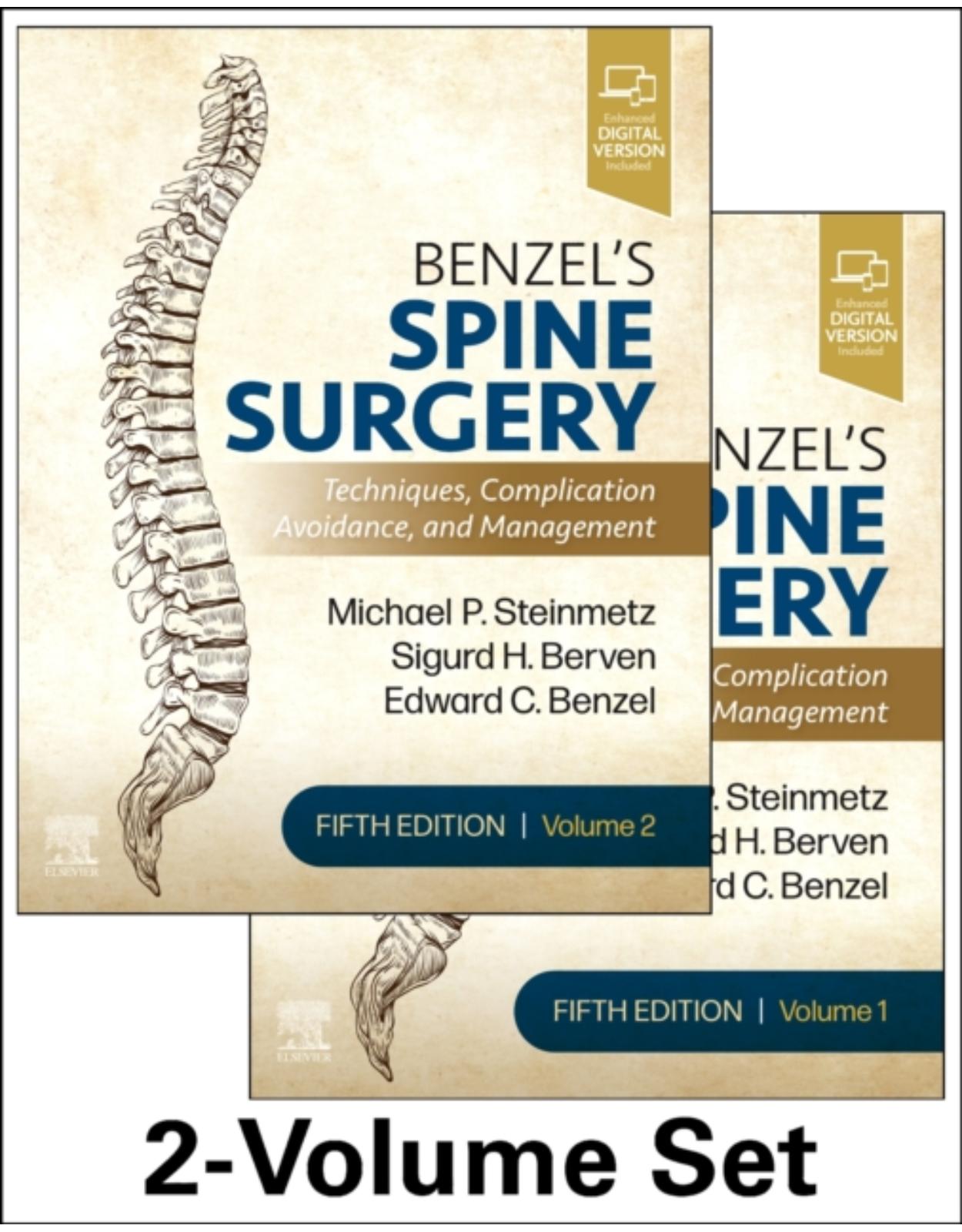

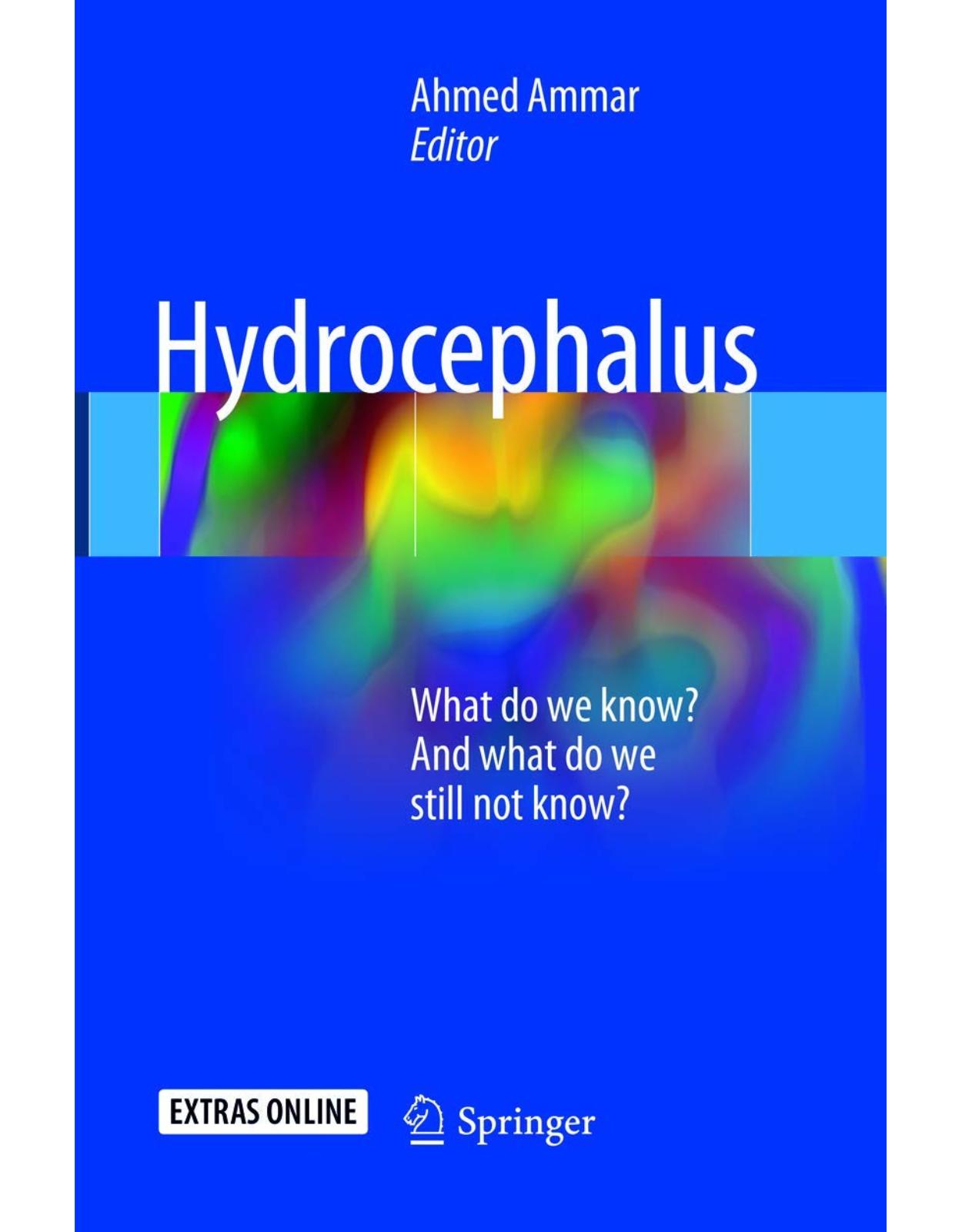
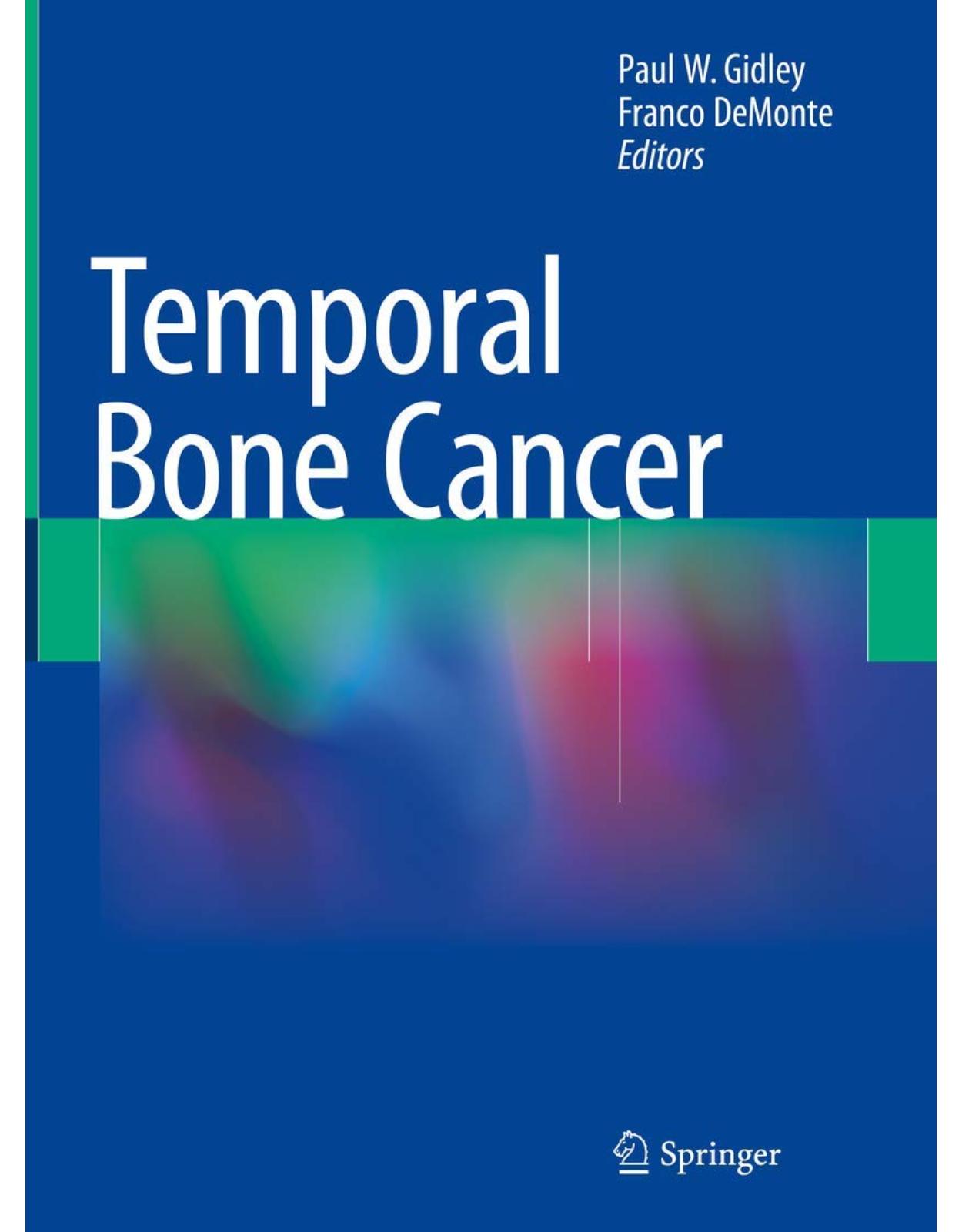
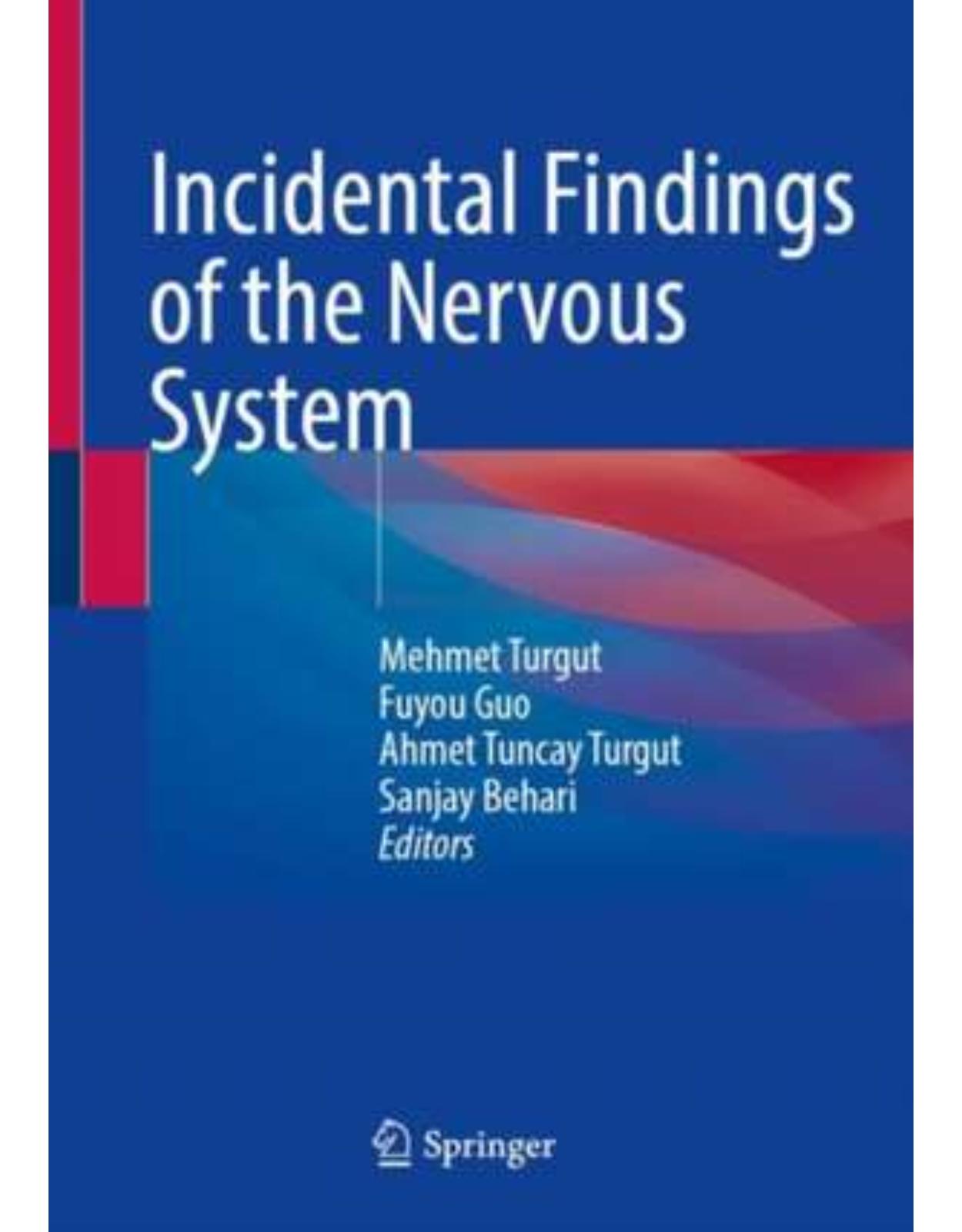
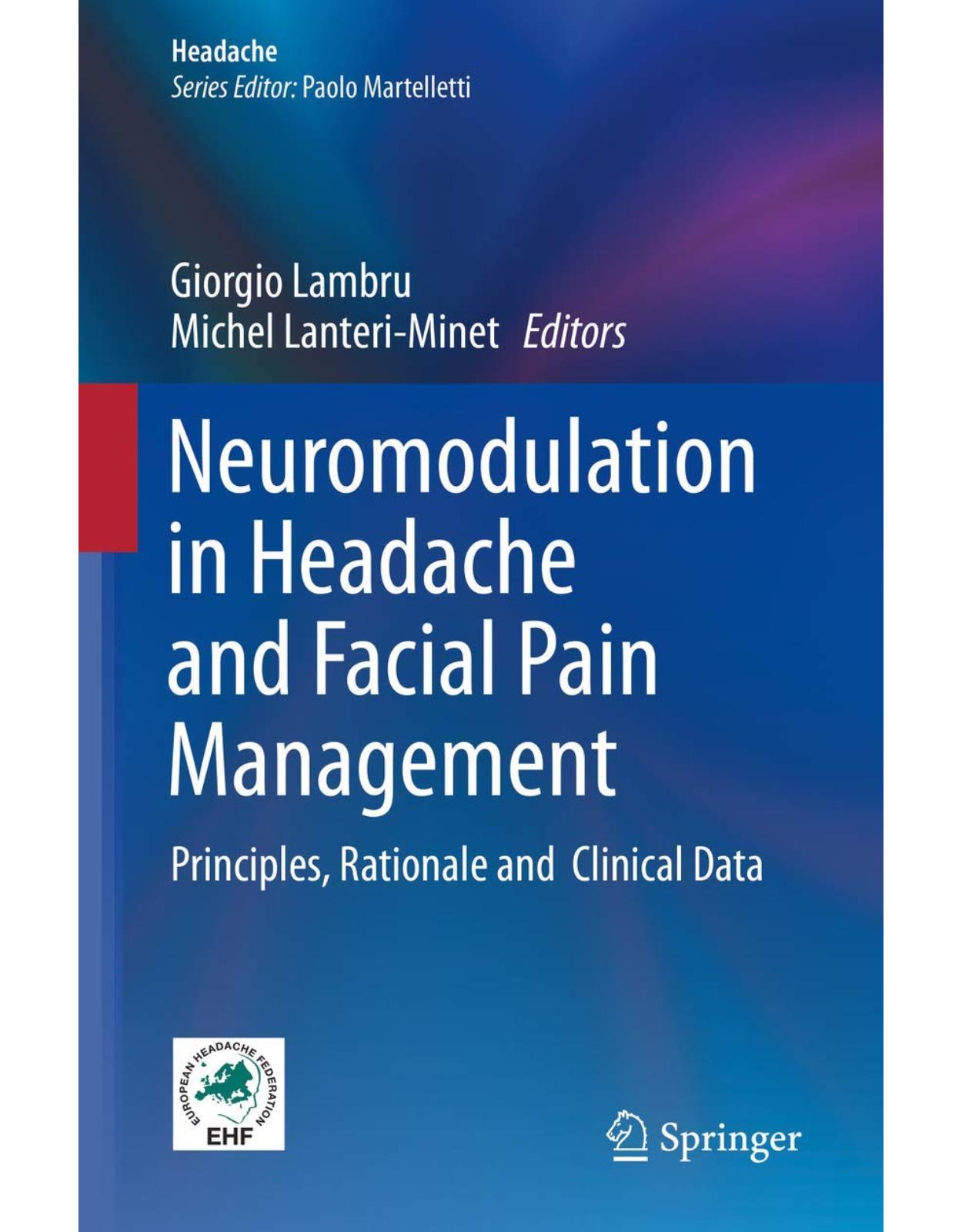
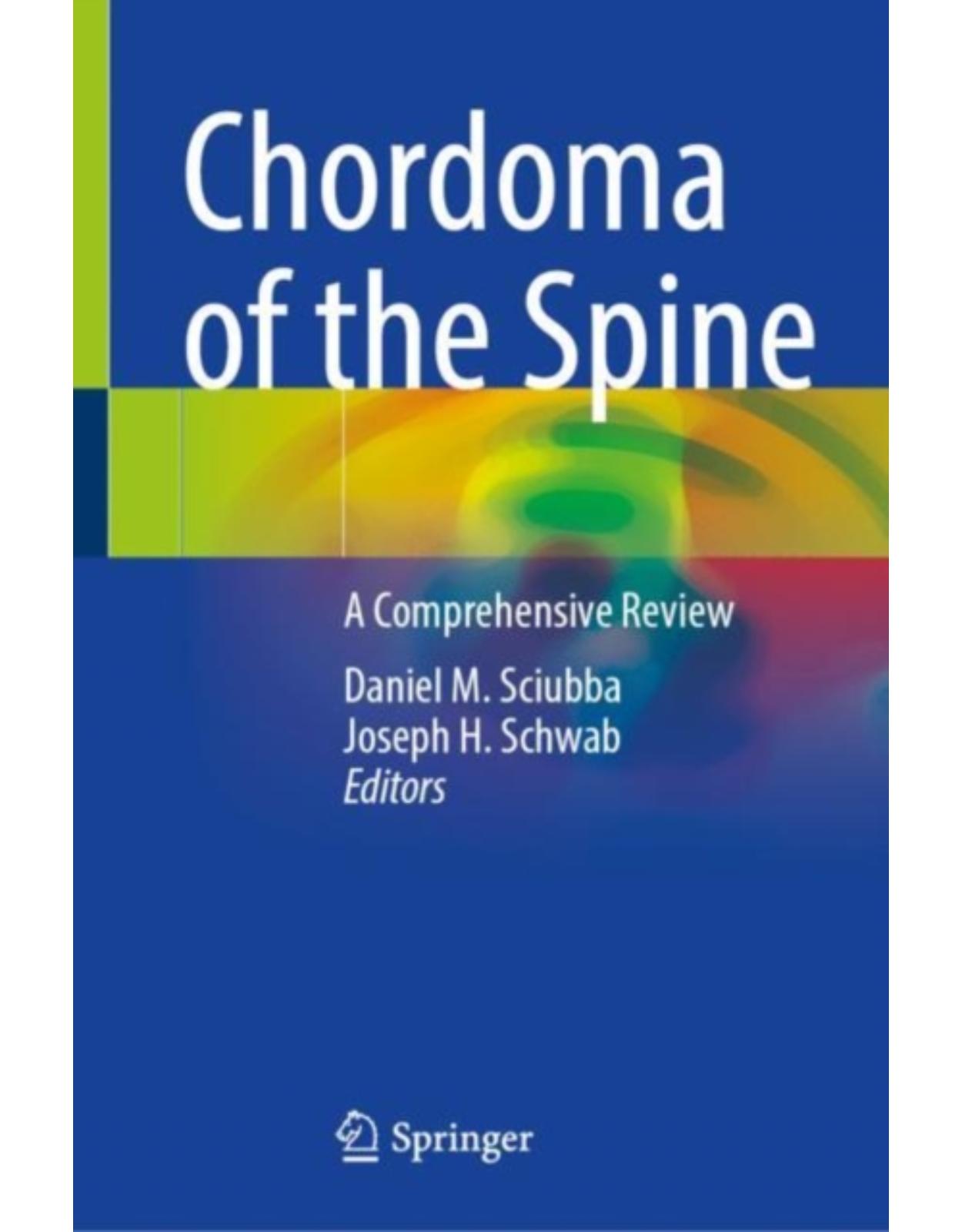
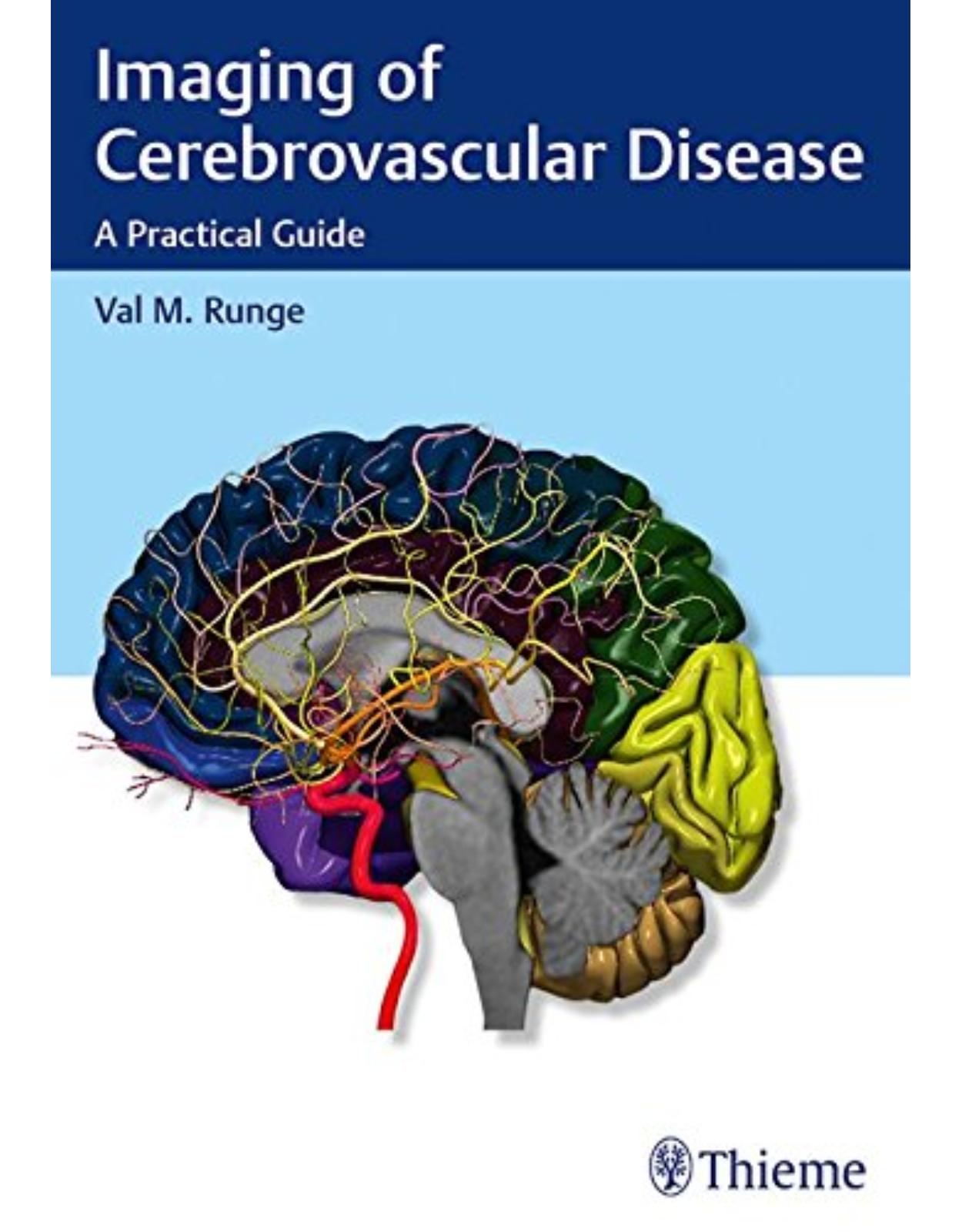
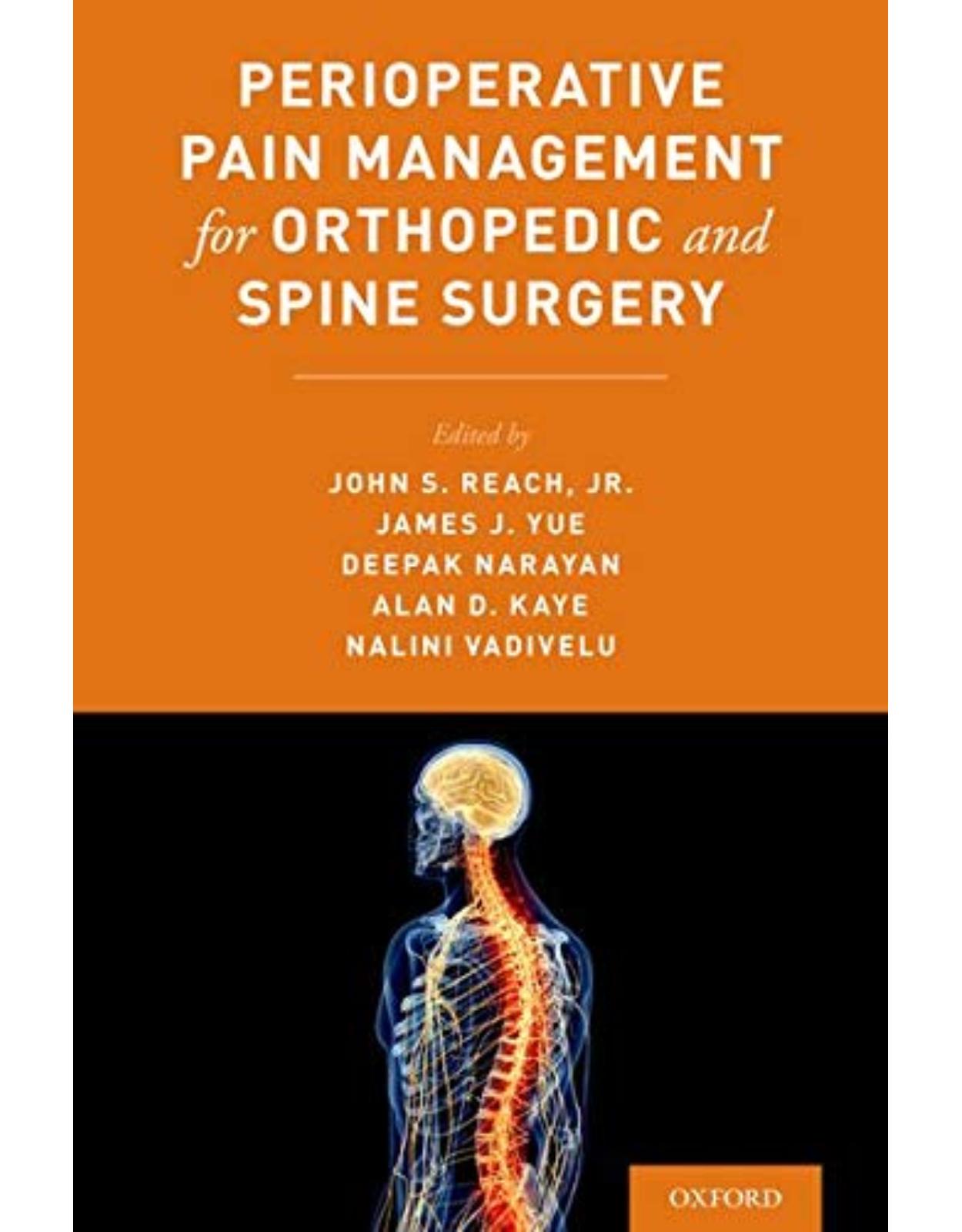
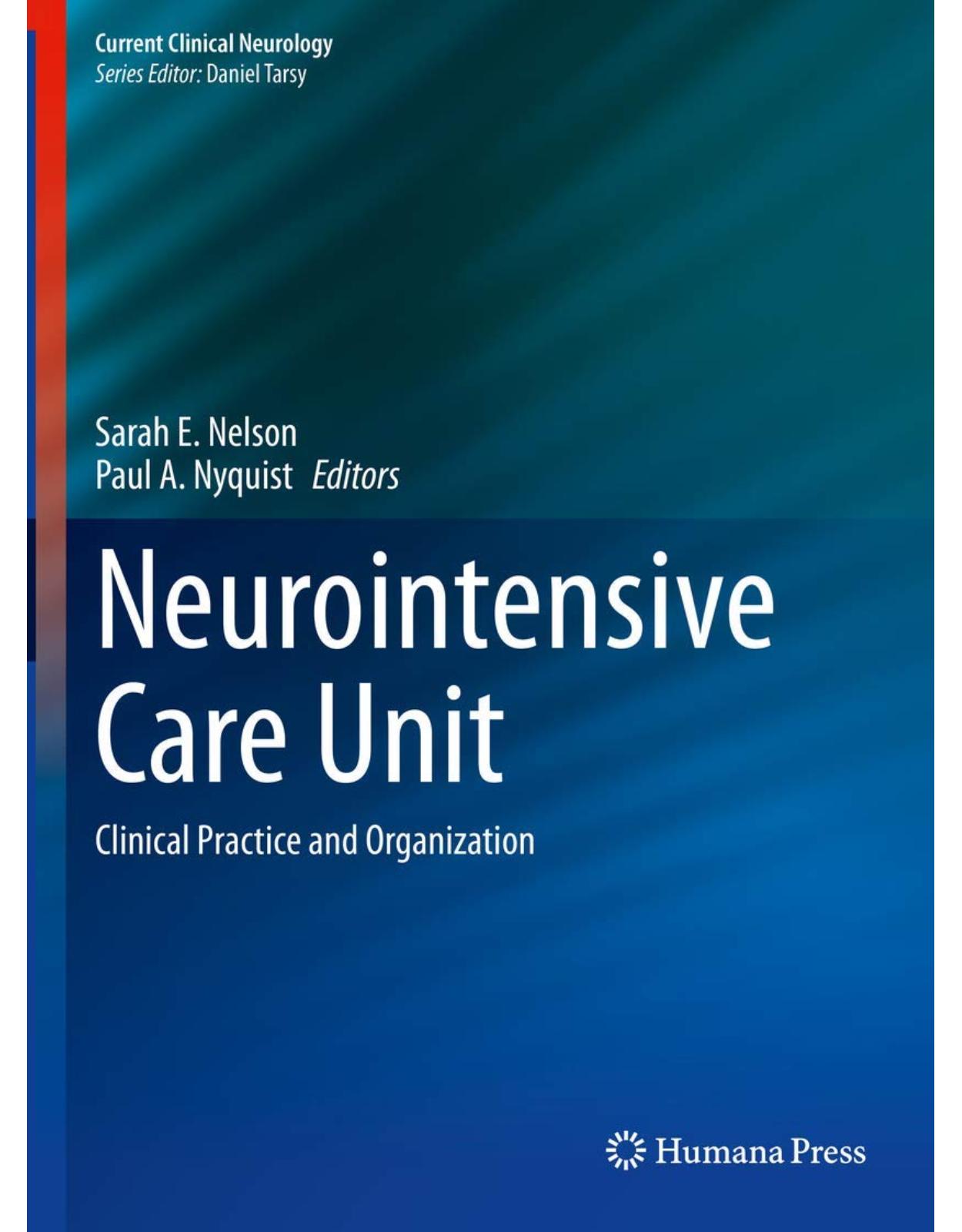
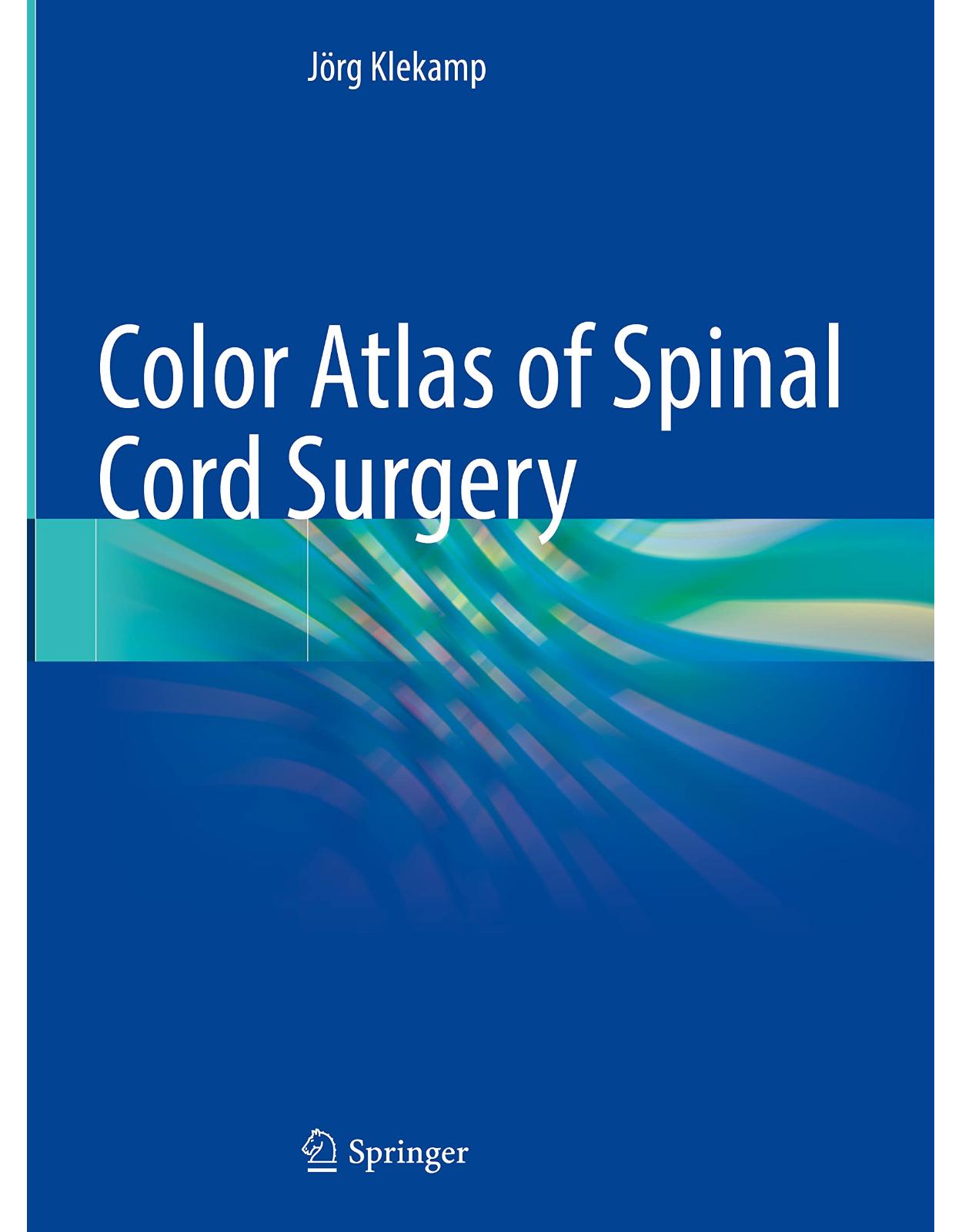
Clientii ebookshop.ro nu au adaugat inca opinii pentru acest produs. Fii primul care adauga o parere, folosind formularul de mai jos.